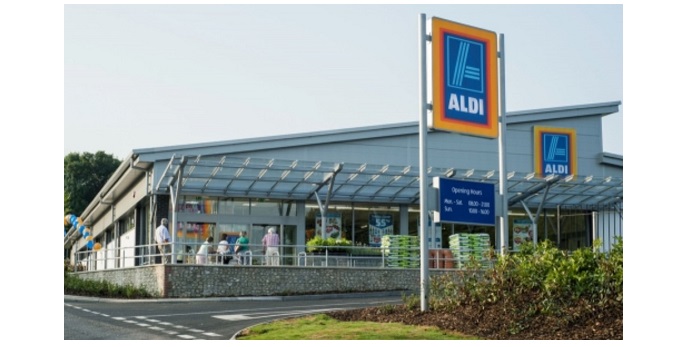It seems you can never be too posh to push a discount trolley, as latest research from Mintel finds better off Brits flocking to UK food discounters. Indeed, today, as many as 77% of British consumers with a household income of £50,000 or more visit food discounters, compared to 73% of those with a household income of £15,500 or less.
And it appears that premium products are pulling in the punters. A savvy 66% of discount shoppers say that food discounters’ premium ranges are just as good as elsewhere, with only 7% disagreeing with this statement. Moreover, even when entertaining, well-off Brits are not afraid to stock up with the discounters. Almost half (47%) of food discount shoppers with a household income over £50,000 have bought party items from these stores in the three months to July, up from an average of 36% of shoppers.
Mintel research confirms that Brits are well and truly hooked on food and non-food discounters as a discount loving nine in 10 (89%) consumers shop at discount retailers, with 84% visiting non-food discounters and 74% visiting food discounters. Brits love of discounters peaks among young consumers; 93% of 16-24s have visited either a food or non-food discounter in the last three months. In contrast to usage of food discounters, non-food usage peaks amongst those with a household income of between £25,000 and £49,999 (84%), compared to those with a household income of £50,000 or over (79%).
Nick Carroll, Senior Research Analyst at Mintel, said: “High income households are just as likely to shop at food discounters as lower income ones. The post-recession success of leading discount food retailers has been built on a softening of their hard discount roots and bringing in ranges which appeal to a wider variety of consumers. A part of this success has been the introduction of more premium ranges, something that is clearly going over well with shoppers.
This year total discount sales are set to reach £26.7 billion, with food discounters accounting for the bulk of sales (£17.2 billion) and non-food making up the remaining £9.5 billion. What is more, Mintel forecasts that total sales are set to experience further growth of 57% through 2022 to reach £41,827 million, accounting for 11.4% of all retail sales.
Within the sector, food discounters grew by an estimated 13% in 2016 to reach £15.2 billion; further growth of 13.5% is estimated for 2017 when the market will reach £17.2 billion. Meanwhile, non-food discounters grew by an estimated 8% in 2016 to reach £8.7 billion, further growth of 9% is estimated for 2017 when the market will reach £9.5 billion.
“Over the past 10 years the discount sector, both food and non-food, has shown that it is highly adaptable, succeeding to thrive in both market conditions which favoured a low-cost alternative and in conditions where traditionally there would have been less demand. With an uncertain economic outlook in the short term, the sector is well placed to make further gains and capitalise on likely consumer desire to cut back on expenditure,” said Carroll.
Finally, Mintel research finds overall satisfaction is high among both food and non-food discount shoppers, as 40% say they are very satisfied with the overall experience and an additional 52% say they are satisfied.
While shoppers are most satisfied with prices, with 93% satisfied and 52% very satisfied with this, a big positive for the sector is satisfaction with the quality of products. Today, an impressive 71% of all discount shoppers think that the quality of products available in such stores is as good as elsewhere, rising to 75% of those who shop most often at food discounters.
And it seems that Brits are as keen as ever to bag a bargain as 72% of discount shoppers say that the prospect of finding a bargain keeps them coming back for more. Meanwhile, a further 73% of discount shoppers say that new product ranges keep the experience interesting.
However, there is a sense that an increase in healthier options presents retailers with further opportunities, with 45% of discount shoppers agreeing that the food discounters should offer a wider range of healthy options in-store.
“There is widespread agreement that new product ranges keep the shopping experience interesting and there is also a sense that they create a sense of a treasure hunt within stores, with the majority of shoppers agreeing that this prospect of finding a bargain keeps them coming back. While many of the food discounters are actively promoting healthy eating, our research indicates this could go further. Given how important higher socio-economic consumers are to food discounters, and their attitudes towards healthy eating, it is clear this should be an area of focus for the discounters. With a price premium placed on products under the healthy eating heading, a lower-cost but still high-quality alternative from the discounters is likely to prove popular,” said Carroll.


